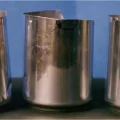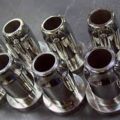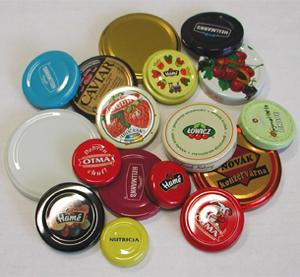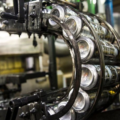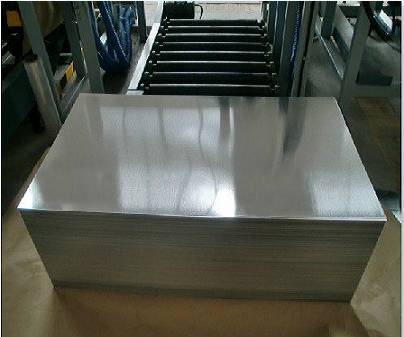In the can manufacturing industry, the cupping press and die lubrication system play a crucial role in producing high-quality cans. Proper maintenance of these systems is essential to prevent defects and ensure the smooth operation of the manufacturing process. This article discusses the importance of maintaining the cupping press and die lubrication system and highlights common factors that can contribute to can defects if not properly managed.
Cupping Press and Die Lubrication System
The cupping press is a large machine responsible for cutting circular discs from aluminum sheets and forming them into cups. These cups then move through a series of body-makers, where they are shaped into cans. During this process, known as the drawn-and-ironed process, the can must be lubricated to reduce frictional heat. The die lubrication system ensures a thin but uniform film of lubricant is applied to each side of the rolled strip, allowing the metal to flow smoothly over the tooling surfaces during the forming processes.
Importance of Maintaining the Lubrication System
- Cup Quality: The lubrication system plays a significant role in controlling the cup quality, including wrinkles and earing. A properly maintained lubrication system ensures that the metal flows smoothly during the forming process, reducing the chances of defects.
- Die Lubrication: Proper die lubrication is essential to prevent excessive wear and tear on the tooling surfaces. Inadequate lubrication can lead to increased friction, causing damage to the dies and resulting in defects in the finished cans.
- Reduced Downtime: Regular maintenance of the cupping press and die lubrication system helps to minimize downtime and improve overall production efficiency. By preventing defects and ensuring the smooth operation of the manufacturing process, companies can save time and resources.
Common Factors Contributing to Can Defects
- Inadequate Lubrication: Insufficient lubrication can cause increased friction between the tooling surfaces and the metal, leading to defects in the finished cans. Regularly checking and maintaining the lubrication system can help prevent these issues.
- Tooling Wear and Tear: Over time, the tooling surfaces in the cupping press and die can wear down, causing defects in the finished cans. Regular inspection and replacement of worn tooling can help maintain the quality of the cans produced.
- Improper Tooling Geometries and Heights: The thickness and type of metal being formed dictate the cupping die tooling geometry. If the tooling geometries and heights are not set correctly, it can lead to defects in the finished cans. Regularly checking and adjusting the tooling settings can help prevent these issues.
Conclusion
Proper maintenance of the cupping press and die lubrication system is crucial in the can manufacturing industry. By ensuring adequate lubrication, regularly inspecting and replacing worn tooling, and adjusting tooling geometries and heights as needed, companies can produce high-quality cans with minimal defects. This not only improves the overall production efficiency but also helps maintain a strong reputation for quality in the competitive can manufacturing market.





